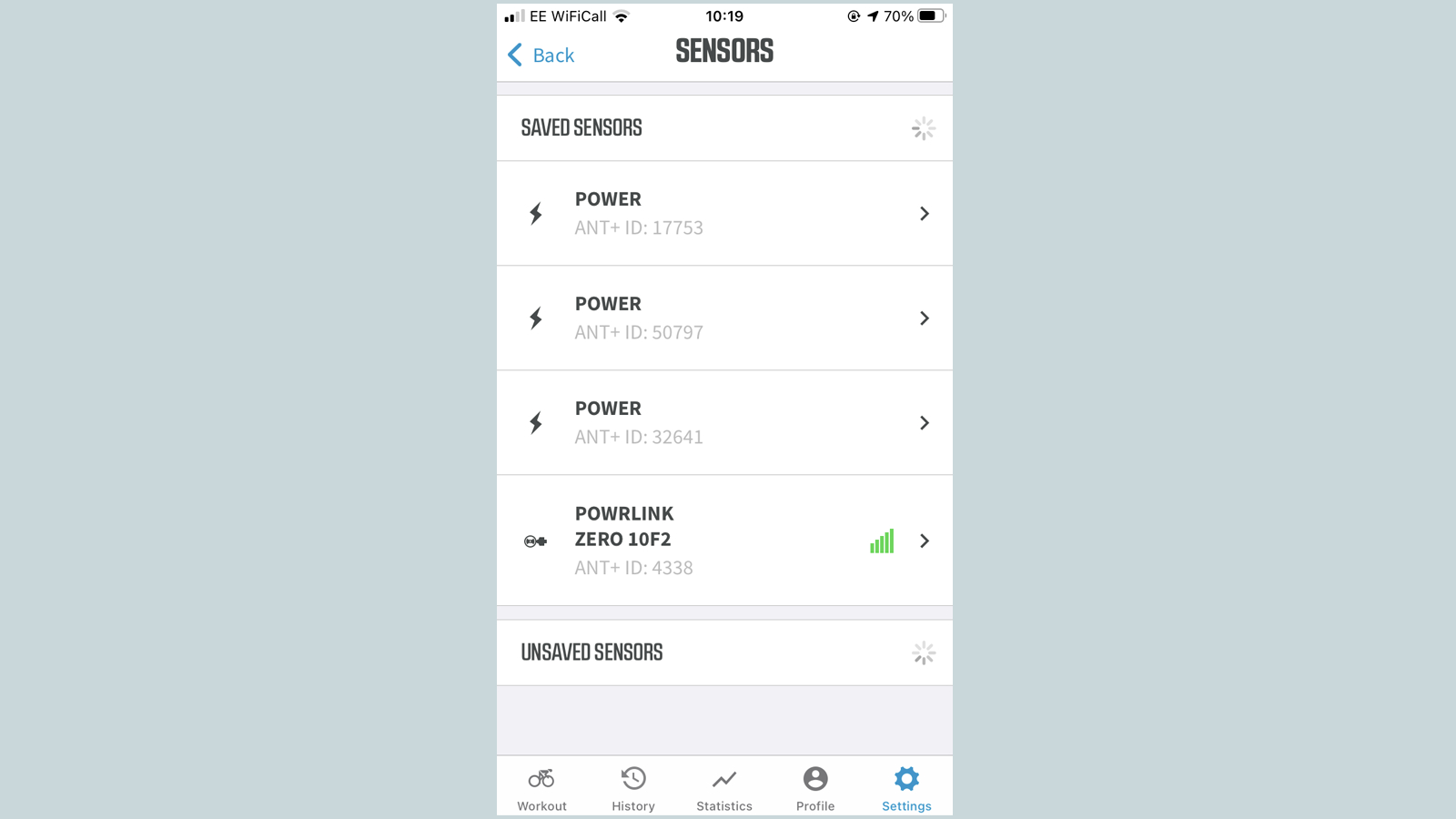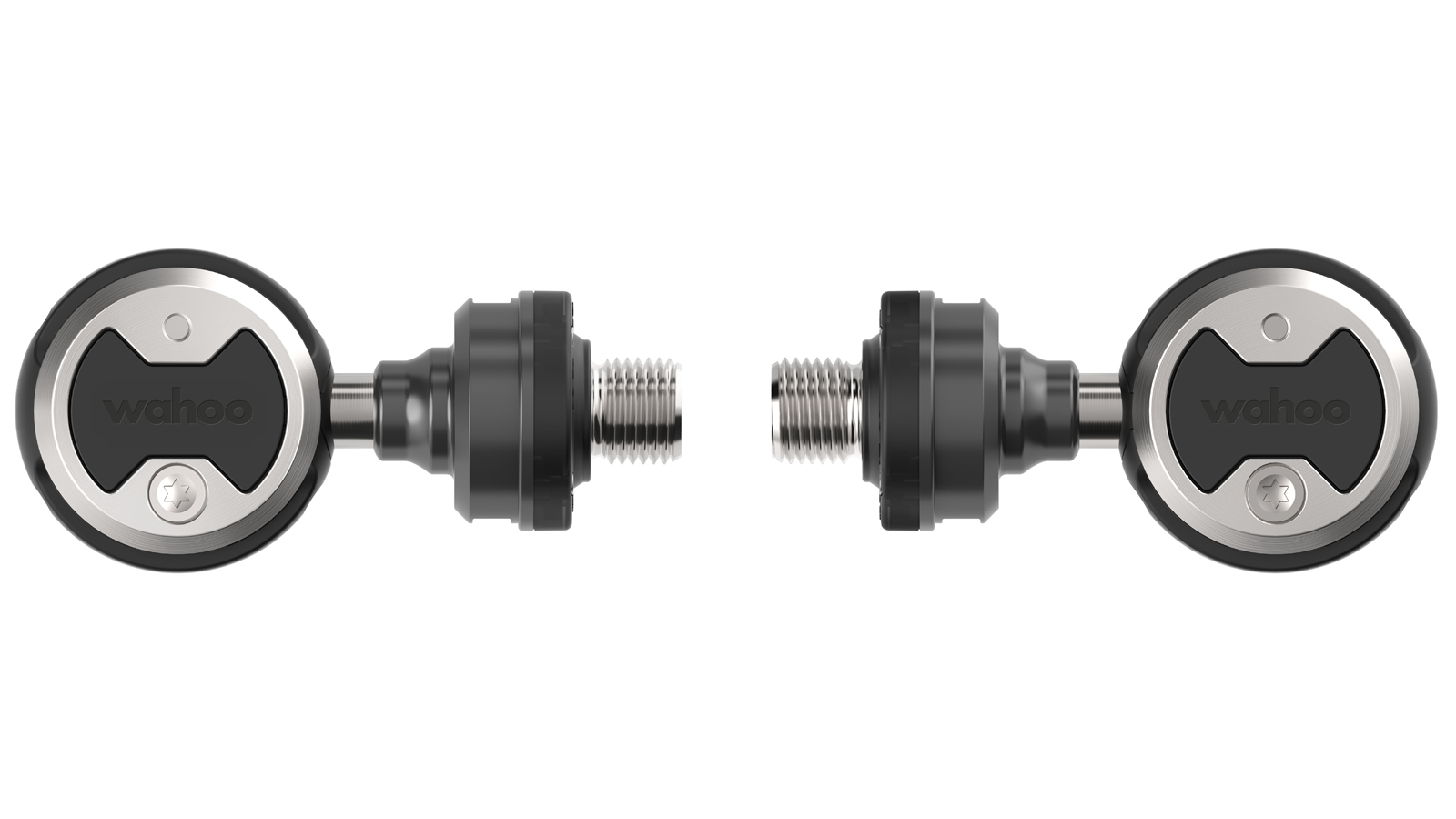Why one power meter is better than two
Simply put, the power meter is one of the most influential cycling inventions of all time. A few decades ago, no one even knew what ‘power’ was. There were no power meters, smart trainers, watts-per-kilo ratios, or left-right power balance. But nowadays, millions of cyclists around the world have a power meter, or two, or three.
When they were first invented, the cycling power meter was a multi-thousand dollar investment used in the lab and by a handful of professional cyclists. We hardly knew what it was, but a curious few were predicting its inevitable takeover of cycling data. The power meter forever transformed the world of cycling, and it continues to do so today. The numbers are more valuable than heart rate and speed which can be severely affected by countless variables, and the power meter never lies. If you’re doing 200 Watts (200w), you’re doing 200w. It doesn’t matter if you’re going uphill or downhill, or if your heart rate is 120bpm or 200bpm.
Because of its unwavering accuracy, those of us with power meters often judge our past, current, and future performances based on power data.
Power data is incredibly important for training, racing, and recovery purposes, and many riders stick to their power zones as if they’re reading gospel. Not even the best power meters will make you go faster, but they will help you structure your training and improve your fitness more efficiently than ever before.
But here’s the catch: power meters are expensive, and sometimes impossible to switch between bikes. If you’re reading this article, there’s a good chance that you have more than one bike. Whether it be a commuter, cyclocross bike, and road bike, or a mountain bike, time trial bike, and indoor training bike, it is difficult to choose which bike is worthy of an expensive power meter.
You could choose the bike that you ride the most, but then you’d be missing out on valuable data from your other rides. Swapping a power meter between bikes falls somewhere on the spectrum of inconvenient to impossible, and that’s why many riders purchase multiple power meters. But even then, the data might not be the same. You could have two different power meter manufacturers, two different types of power meters, fitted to different parts of the drivetrain. With all those factors at play, is there actually any value in comparing the data of two different power meters?
The simple solution: one cycling power meter. Here’s why having one power meter is better than having two.
Consistent power measurement
Perhaps the biggest gripe that cyclists have with power meters is inconsistent power data. We want to compare today’s power numbers to our previous bests, to our friends, and to Tour de France riders (maybe). Cyclists with power meters are a competitive bunch – regardless of who we compare our data to, we are always trying to get better. Which, in the context of cycling, means putting out more power.
If I did 300w today, I want to do 310w tomorrow.
Every cyclist, ever
In order to test our competitive mindset, we need accurate and reliable data to compare from one day to the next. There is no better way to do this than having one power meter, because as soon as we use a second power meter, we are adding so many variables to the data that they are less reliable to compare.
Different power meters use different methods to measure power. Some are crank-based, while others are based at the pedals, in the bottom bracket, on the chain ring, or at the hub. These meters measure power at different points of engagement, which means that power can be lost to drivetrain efficiency, chain wear, or simple physics. On top of that, power meter manufacturers have different ratings regarding the meter’s accuracy. Some claim +/-1% accuracy while others claim +/-2% accuracy. And even then, the claimed accuracy doesn’t always match the power meter’s actual accuracy.
Imagine two different power meters with a +/-2% accuracy rating. One of which measuring power at the pedals, and the other at the rear hub. Firstly, there is a four per cent margin for error built into the +/-2%, which at 350 watts is a 14-watt swing. Secondly, one is measuring the power at the pedals, and the second power meter will only read the torque being applied to the hub. Given drivetrains will flex and chains will have friction, this could easily add another few per cent of 'lost' power, making the difference over 20 watts, which is a considerable difference. Of course, the power isn't lost, but the reading will be lower and you'll have to work harder to make the same number appear on your head unit, which will mean two sessions that look the same on paper could have a 20-watt difference and take a hugely different physiological toll on the body.
Indoor trainers adhere to a similar concept, in that they measure power in different ways compared to on-bike power meters. The force applied to a direct drive smart trainer is not measured in the same way as the power measured on a wheel-on smart trainer, and neither are the same as measured on a crank-based power meter.
The simplest solution: one cycling power meter. Whether you’re on your mountain bike, on the smart trainer, or on your road bike, use data from one power meter. This will give you the most accurate and reliable data which you can use to guide your training.
Ever feel like your FTP is 50w lower on the indoor trainer? Instead of needlessly comparing your outdoor power meter to your indoor smart trainer, just use one power meter – a pair of power meter pedals, for example. That way you can compare the numbers with confidence, and avoid question of, “Which power meter is right, and which power meter is wrong?”

Easy to connect
Wireless connectivity is an issue we have yet to master, even in the two-year long, work-from-home era. Cycling power meters are no exception, and it can be difficult to pair your power meter with a device even with ideal location and conditions. Add to that a thick-walled basement, a rainy day, or multiple other riders nearby, and connecting device-to-power-meter can become infuriating.
The more power meters you have, the more difficult the process is, and the more times you’ll need to repeat the connection just to achieve the same outcome: accurate power data. With a single power meter device, you can connect your device to your power meter and stay locked in.
Affordable investment
Power meters are expensive, and it can be difficult to find one of quality for less than £300. That means that having more than one is a big investment, an investment that comes with inconsistent data and potential connection issues. These power meters can be difficult to travel with, and even more difficult to swap between bikes.
Pedal-based power meters – more on them below – are the easiest ‘one power meter solution.’ They are easiest to swap between bikes and carry consistent data from one bike to the next. Many are initially off put by their steep cost, but when you crunch the numbers, they are often worth the investment.
With a single pair of power meter pedals that cost, for example, £600, you will have a power meter that you can use on three, four, or even five different bikes - even the bikes at the gym when you're away from home. As long as they’re compatible, there is no limit to how many bikes you can use with a pedal-based power meter.
Top-of-the-line power meters cost upwards of £1000, and even then, they will stay on one bike until you take it apart and re-install it onto another. A single power meter is a much smarter investment, and one that becomes more valuable with each bike that you can use it on.

Power meter pedals
With all that said, you may be wondering how you use one power meter for multiple bikes – I thought you said swapping power meters between bikes was nigh on impossible?
Well, thanks to the advent of power meter pedals, you can swap a power meter between bikes in a matter of minutes. And you don’t need a bike shop or fancy tools - just a hex key or perhaps a wrench - then just a few turns of the pedal and it’s off.
Garmin Rally pedals and Favero Assioma pedals are two of the most popular power meter pedals, and Wahoo has just entered the market with its POWRLINK ZERO pedals. These pedals are left/right power meter pedals that measure power output at the pedal, rather than at the crank arm, hub, or bottom bracket.
The standout feature of power meter pedals is that they are easy to install and remove, which means that they are easy to swap between bikes, or even to take on vacation. Instead of bringing your entire bike, you can bring your power meter pedals and attach them to compatible hotel spin bikes and complete an entire workout with power data – how cool is that?
Conclusion
Power is arguably the most valuable data in all of cycling, but that data is only valuable with accurate and reliable measurement. Using multiple power meters adds too many variables to the equation, and you’ll be left questioning the validity of the data rather than using it to its full potential.
The best way to eliminate doubt in your data is to use a single power meter. Pedal-based power meters are the simplest solution, as they are easy to install and swap between bikes. These pedals – such as Wahoo’s new POWRLINK ZERO pedals – will give you accurate and consistent data from the mountain bike to the road bike, to your cyclocross bike and your indoor trainer. They are easy to travel with too.
Other power meter styles – crank-based, hub-based, and bottom bracket-based – are difficult and laborious to install. Swapping them between bikes could be a matter of hours, including removing the chain, bottom bracket, and other parts that take time and money. But with power meter pedals, you can swap from one bike to another with ease. Not only that, but you will get consistent power measurement and quick connectivity no matter which bike you’re using.
The latest race content, interviews, features, reviews and expert buying guides, direct to your inbox!
Zach is a freelance writer, the head of ZNehr Coaching, and an elite-level rider in road, track, and e-racing. He writes about everything cycling-related, from buyer's guides to product reviews and feature articles to power analyses. After earning a Bachelor’s Degree in Exercise Science at Marian University-Indianapolis, Zach discovered a passion for writing that soon turned into a full-fledged career. In between articles, Zach spends his time working with endurance athletes of all abilities and ages at ZNehr Coaching. After entering the sport at age 17, Zach went on to have a wonderful road racing career that included winning the 2017 Collegiate National Time Trial Championships and a 9th place finish at the 2019 US Pro National Time Trial Championships. Nowadays, Zach spends most of his ride time indoors with NeXT eSport.
